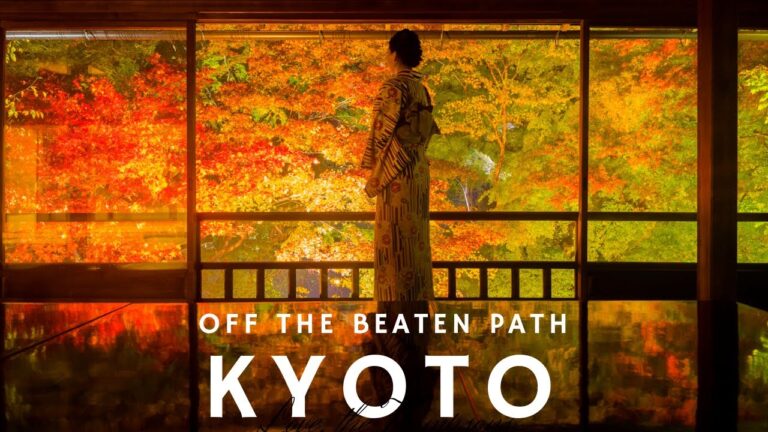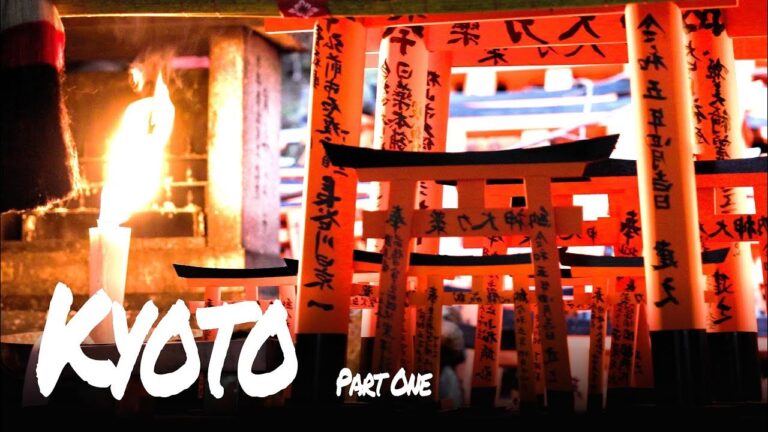Kyoto is a treasure trove of cultural heritage, famed for its stunning temples, vibrant traditions, and, notably, its geiko and maiko. However, as tourist numbers surge, the city grapples with a pressing challenge: overtourism. This has led to significant problems, especially in areas such as Gion, where the delicate balance between cultural appreciation and respect for local traditions is increasingly strained.
The heart of the issue lies in the misbehavior of some tourists, who are often unaware of or disregard the existing regulations concerning photography of geiko and maiko, young women trained in traditional Japanese performing arts. Many of these talented entertainers exhibit their skills in designated areas, but the streets of Gion have historically been places of both admiration and harassment.
In response to rising concerns, a specific ban on photography along the private roads of Gion has been enacted. It’s crucial to note that this is not a blanket ban on tourism in Kyoto; rather, it specifically targets certain restricted areas to maintain the sanctity and respect for its local culture. Tourists wishing to explore Gion’s beauty must now seek special permits or be accompanied by a guide to access these private roads.
The city has issued stern warnings against trespassing these private areas, introducing signage that will indicate potential fines up to 10,000 Yen. Public roads remain open and accessible, but tourists are urged to adhere to guidelines for respectful engagement.
As responsible travelers, it’s vital to embrace the local customs. Respecting the boundaries set by geiko and maiko is essential; photographing them without explicit permission is frowned upon, and visitors should be prepared for refusals. This call for respect is not just a survival strategy for these entertainers but also a genuine request from the local residents who wish to maintain the cultural integrity of their community.
To enhance your experience in Kyoto without contributing to overtourism, consider exploring other cultural districts in Japan, such as Kanazawa. Known for its scenic beauty, art, and, yes, a bustling geisha culture, Kanazawa offers a less crowded alternative for observing and appreciating Japan’s rich traditions.
In conclusion, Kyoto’s tourism regulations of 2024 are a necessary measure to protect its unique cultural heritage and the people who embody it. By being mindful travelers, we can enjoy the splendors of Kyoto while ensuring that these traditions endure for future generations. Want to dive deeper into Kyoto’s travel guidelines? Stay informed by following trusted local travel updates.












